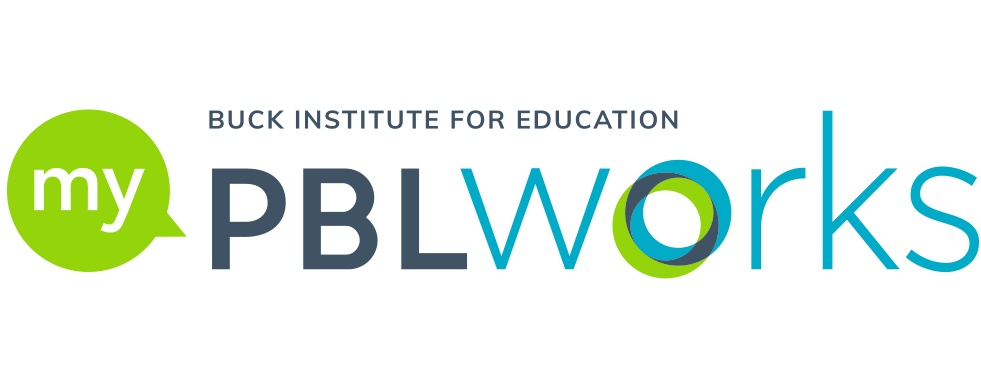Creating Space for Self-Management in PBL: When Teachers Step Back, Students Step Up
Educators often look at BIE’s Project Based Teaching Practices and assume it will be their job to manage the learning, to assess all student progress, etc. They are, after all, called teaching practices, which suggests that they are elements controlled by the teacher. Yet the true magic of PBL is what happens when we trust students and scaffold self-management skills, allowing them to be more in charge than we are. Once you and your students get past the initial learning curve and build a student-centered culture, PBL should mean less work for you as a teacher, not more. If we stop thinking of project management as something that starts and ends with the teacher, the learning starts to shift. Students get more engaged, teachers and students alike replace the language of “have to” and “must” with the language of like “want to” and “excited to”—what Australian inquiry expert Kath Murdoch refers to as “invitational language.” A science teacher I know, Jonathan Reveal, discovered that putting students in charge of tracking their own process and growth led to more experimentation and learning from both successes and failures. In fact, when Jonathan left his classroom for a three-day training in Colorado in the middle of a project on building prosthetic hands, his students got twice as much done in his absence as he was expecting—and he wasn't even in the room.
To view or download this resource, log in here.
Login